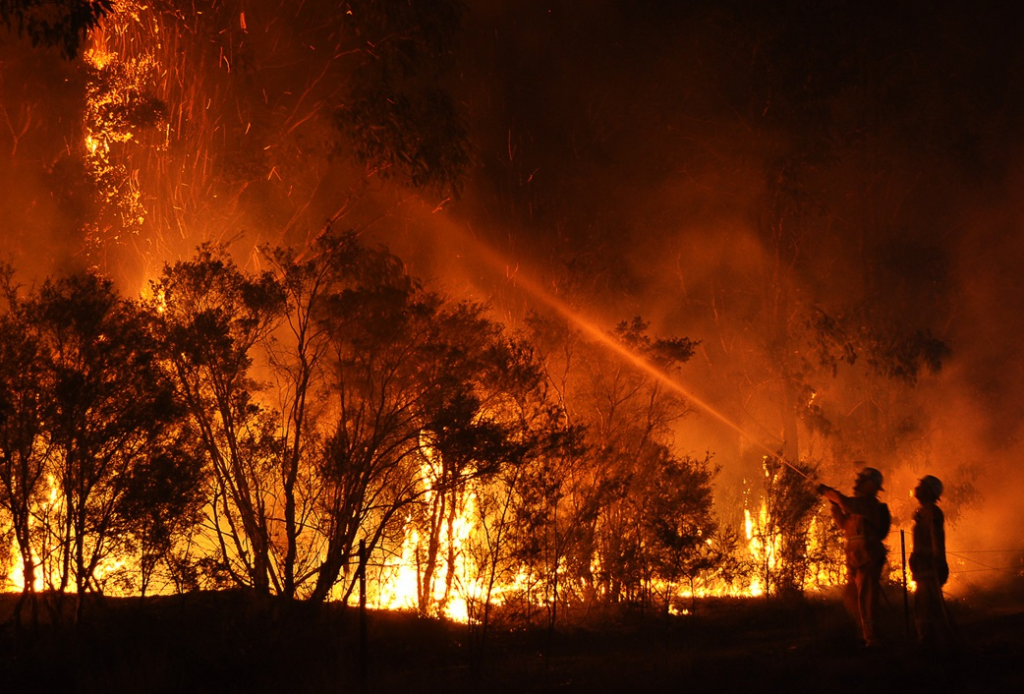
Canada is once again facing a difficult wildfire season, with flames spreading across multiple provinces and forcing residents to evacuate as smoke blankets skies and air quality warnings remain in place.
In recent weeks, hot and dry conditions have created the perfect environment for wildfires to ignite and grow. Several regions in Western Canada, including parts of Alberta and British Columbia, have seen major blazes that have burned thousands of hectares of forest land. Firefighters from across the country have been deployed, and some provinces have called in help from international teams to support the response.
The impact has been felt beyond the fire zones. Smoke has drifted into major cities, prompting health advisories and making outdoor activities risky for children, the elderly, and people with breathing issues. Some schools and public events have had to cancel or move indoors.
Evacuation orders have affected both rural and Indigenous communities, some of which are facing wildfires for the second or third year in a row. Many families have had to leave their homes on short notice, unsure of when they’ll be able to return or what they’ll come back to.
Climate experts warn that longer and more intense wildfire seasons may become the new normal. With warmer temperatures and changing weather patterns, the threat of fires is no longer limited to the summer months.
As firefighters continue their battle on the ground, many Canadians are calling for stronger action on both emergency preparedness and climate policy. The wildfires serve as a reminder of how deeply connected the environment is to daily life, and how urgent it is to protect both.
